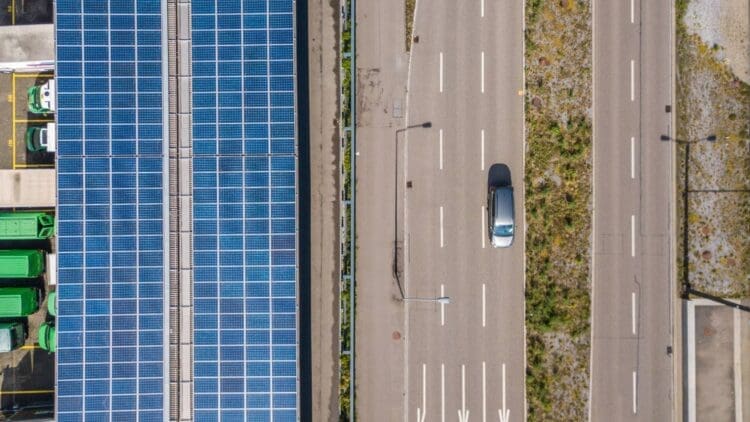The nations of Europe have come together in an attempt to meet their lofty ambitions laid out in the Net-Zero Industry Act. A new report from industry insiders has reported that the cost of using European-made modules may be significantly higher than using Chinese-made modules, and the lasting impact that might have on the solar sector’s ability to reshore manufacturing. The European nations have the need to balance short-term progress with the long-term goals set out by the Net-Zero Industry Act.
Can the nations of Europe come together to meet the decarbonization goals of the NZIA
Europe is leading the way in the energy sector with the implementation of the goals laid out in the Net-Zero Industry Act. The act calls for establishing the rules for Member States on how to incorporate non-price criteria into renewable energy auctions.
The countries that are part of the act, which was adopted on May 23, 2025, have stated that a new report by SolarPower Europe and the Fraunhofer Institute for Solar Energy Systems (ISE) calls for more support from the European nations in order to meet the prices of constructing modules made by Chinese companies.
The report states that without the proper support, the Net-Zero Industry Act could have a counterproductive effect on the reshoring capabilities and diversify the sector without boosting European solar manufacturers.
The cost gap that exists between European-made modules and Chinese-made ones remains significant, and the ‘Reshoring Solar Module Manufacturing To Europe’ report highlights the need to balance the PV value chain with the long-term goals of higher long-term macroeconomic benefits.
The leadership at SolarPower Europe outlined the effects that the study has had on the sector.
“This new report underlines that, with the right policies, Europe can competitively deliver 30 GW of solar manufacturing by 2030, creating thousands of local jobs, and building a resilient, innovative solar supply chain that keeps economic value here at home. To meet 2030 goal, the EU and Member States must act swiftly. Without interventions, Europe risks losing remaining industrial and technological capabilities in solar.” – Walburga Hemetsberger, CEO at SolarPower Europe
The report from SolarPower Europe highlights the cost difference that exists in the sector
The report noted the cost difference between NZIA-compliant EU-made and NZIA-compliant non-EU-made modules. The act’s resilience criteria may diversify module supply chains and boost imports from elsewhere in the world.
However, it also pointed out that without more policy measures, reshoring EU production may not be achieved in the planned time frame. The report from SolarPower Europe and the Fraunhofer Institute for Solar Energy Systems found that additional support is required to meet the 30 GW target for European solar manufacturing for 2030.
With nearly half of the costs being recovered through macroeconomic benefits (up to 2,700 jobs and €66.4 million in annual tax and social revenues per GWp/a), as with the United States, Europe’s solar power sector is leading the charge for the first half of this year.
The report made some suggestions for the solar sector in Europe to try to implement
The report suggests, among many things, that setting up an EU-level output-based support scheme for solar manufacturing, combining grants, loans, and de-risking instruments to cover both CAPEX and OPEX. Additionally, it calls for “Made-in-EU” bonus points in rooftop support and public procurement programmes, which have become all the rage in the solar sector both in the United States and Europe. In short, the report calls for additional support from the ACT member states to bring the solar sector to a point where it can realise the ambitions of decarbonizing by 2030. If the proper and adequate support can be found, solar can become a leader in the energy sector in Europe.





